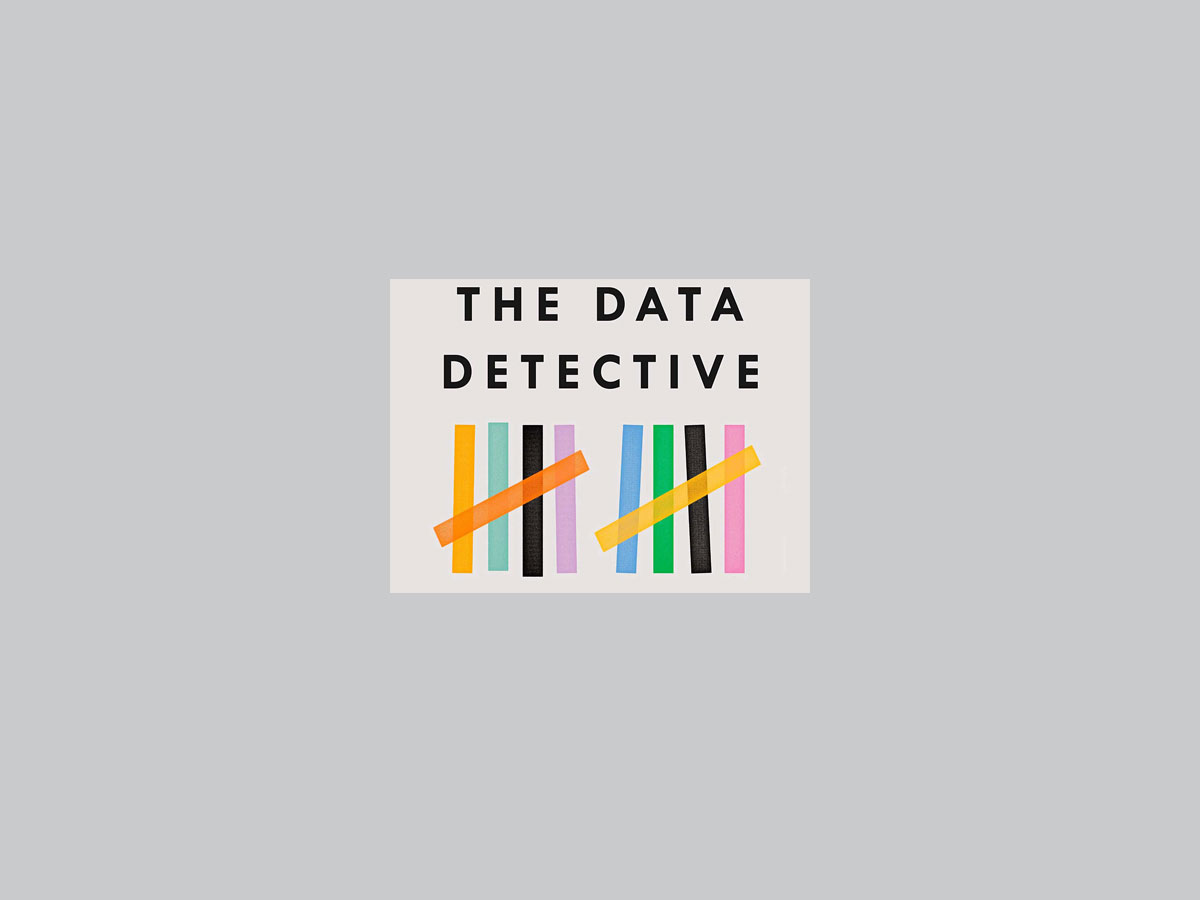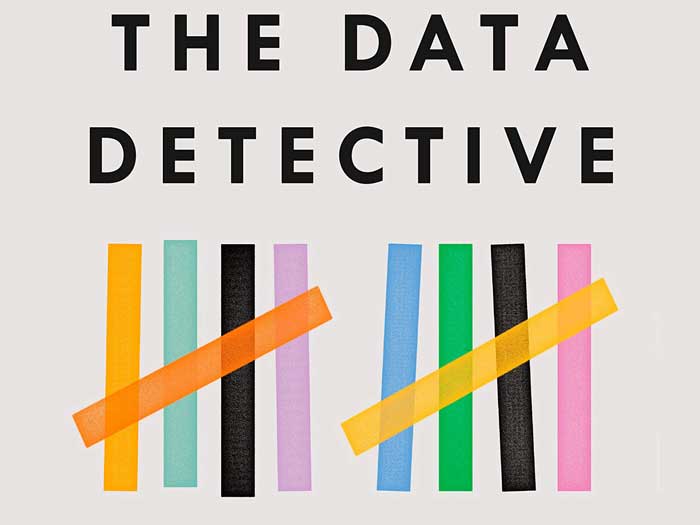
Tim Harford’s The Data Detective tackles the big data conundrum
 In The Data Detective, the author advises readers to stay curious, seek context and ask what is missing when analyzing data
In The Data Detective, the author advises readers to stay curious, seek context and ask what is missing when analyzing data
The great irony in the subtitle of Tim Harford’s remarkable new book The Data Detective: Ten Easy Rules to Make Sense of Statistics—implying a quick-reference cheat sheet for keeping your wits about you in a world of big data—is that it’s misleading. The advice from Harford, probably the finest popular economics writer alive, is elegantly expressed and profoundly valuable. But easy? Not so much. Consider the first of his rules: check your emotions. “Before I repeat any statistical claim,” Harford writes, “I first try to take note of how it makes me feel. It’s not a foolproof method against tricking myself, but it’s a habit that does little harm and is sometimes a great deal of help.”
Stats are directed at the rational brain and that’s simply not the aspect of mental architecture humans immediately apply to information that attracts or disturbs. Among all Harford’s guiding principles, it’s the first step that is the hardest.
From there, Harford moves on to the need to examine what exactly is being measured, especially in more arresting stats. Infant mortality rates, which vary significantly between—and even within—countries with similarly advanced health-care systems, have been a burning issue for years, given the potential for discovering life-saving best practices. But, when a British scholar compared a group of low-rate London hospitals with a high-rate group in the English Midlands, the Eureka moment was anti-climactic. Very late miscarriages (22 or 23 weeks) were called that in London and thus did not enter the infant mortality record. In the Midlands hospitals, probably in response to the intensity of parental grief, such tragedies were recorded as births, making their infant mortality rate seem higher. “Newborns were no more likely to survive in London after all,” writes Harford. “It wasn’t a difference in reality, but a difference in how that reality was being recorded.”
Other pertinent advice includes seeking context and asking what’s missing. For example, from 2014 to 2018, Amazon used an algorithm to review résumés and choose the best job candidates, based on their similarity to previous successful applicants. But the latter had mostly been men, and “the algorithm did what algorithms do,” Harford writes, meaning it found a pattern and used it. The past practice of opting for men was taken as a sign men were preferable: the algorithm penalized the word “women’s”—as in winner of a women’s championship—and downgraded all-women colleges.
Despite a bevy of studies establishing that gender-specific drug effects are common, women too often are still missing from medical trials, Harford points out. And, regardless of the participant pool, he urges readers to watch for attempts at replicating a medical or social science study that produced counterintuitive results. In 2010, political scientists Brendan Nyhan and Jason Reifler published a study that supported the so-called “backfire effect,” whereby people expressed even stronger belief in a false claim after being shown a fact-check that debunked it. For obvious reasons, that incited what Harford calls “a moral panic” among journalists, particularly after the rise of Donald Trump. But Nyhan and Reifler themselves encouraged further studies, which found backfire rare and fact checking usually helpful. Without such follow-ups, exceptional stats from singular studies should be considered with a wary eye.
The overall goal, the economist writes, is to be able to describe a news article—or a Facebook post—to a friend. What did the researchers do, who did they study, were they shocked by their own results? If the best you can say is, a new study shows blueberries cause cancer then, perhaps, Harford acerbically notes, “you didn’t read a good piece of journalism.”
By the end of The Data Detective, Harford is understandably worried that he may have induced his readers to throw up their hands in the face of statistical information and declare it all to be fake news. The world may be ruled by emotions and bias, conscious and unconscious, as much as by facts and figures, but as much as does not equal entirely, he argues. Do not abandon “the idea that we can understand the world by looking at it with the help of statistics.” In the end, everything comes down to the 10th and most golden of his rules: be curious about everything. If we want the world to add up, we need numbers.
FACE BIG DATA HEAD-ON
Dealing with data is a given for accountants. Here’s advice on how CPA’s can handle the big data world, as well as business intelligence tools that can help manage issues and risks that arise when managing data. Plus, check out these resources to find out how CPAs play a pivotal role in ensuring the data we handle is reliable and trustworthy.